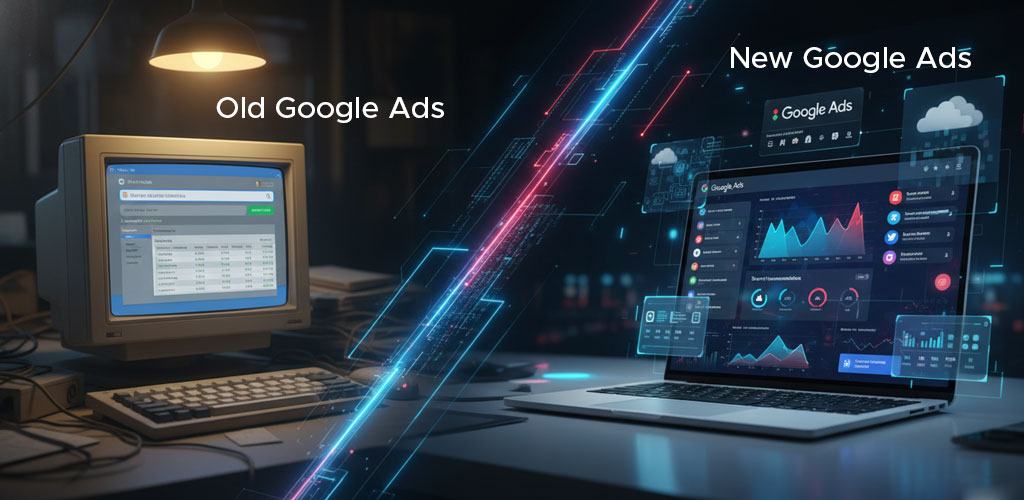In the ever-evolving world of digital marketing, one thing has remained constant—Google Ads’ dominance in online advertising. But the way Google Ads works today is very different from how it used to operate a few years ago. The transformation from the old Google Ads to the new version reflects how technology, automation, and user behavior have reshaped online marketing. Many businesses now partner with the Best PPC Management Company in India to stay ahead of these changes and make the most of Google’s advanced advertising tools.
When Google Ads Was Simpler
In the early days, Google Ads (then known as Google AdWords) was more manual and keyword-driven. Advertisers had full control over every aspect—choosing keywords, setting bids, writing multiple ad copies, and manually tracking performance. Campaigns relied heavily on human decisions and experience.
Advertisers spent hours analyzing which keywords worked best, adjusting bids daily, and creating different ad variations to test performance. While it offered complete control, it was also time-consuming and required deep marketing knowledge. Success depended on how well you understood keyword match types, bidding strategies, and manual optimizations.
The Rise of Smart Automation
The new Google Ads is powered by artificial intelligence and machine learning. It has evolved from being a simple advertising tool into a smart marketing platform that helps businesses grow faster with less manual effort. Google’s algorithms now handle a lot of the heavy lifting, from optimizing bids to improving ad placements and audience targeting.
Features like Performance Max, Smart Bidding, and Responsive Search Ads are at the heart of this new system. Instead of focusing on single keywords, advertisers can now rely on Google’s data-driven automation to reach the right users at the right time. It’s not just about showing ads anymore—it’s about predicting intent and delivering personalized experiences.
Shift from Keywords to Intent
Earlier, Google Ads revolved around selecting the right keywords. Today, it’s more about understanding user intent. The new system uses signals such as location, device, search history, and behavior patterns to decide when and where to show ads. This helps businesses reach people who are genuinely interested, improving both conversion rates and ad efficiency.
This shift has changed how marketers approach campaigns. Instead of obsessing over keyword lists, they focus on high-quality creative, audience insights, and automation settings. Google’s smart algorithms now make faster and more accurate decisions than manual optimization ever could.
Better Ad Experience for Users
The new Google Ads doesn’t just help advertisers—it improves the experience for users too. Ads today are more relevant, visually appealing, and closely aligned with what users are searching for. The integration of visuals, extensions, and dynamic elements makes ads feel more natural within the search experience, not intrusive.
This relevance benefits both sides: users find what they need faster, and advertisers see better engagement and return on investment.
The Role of Data and Machine Learning
The biggest difference between the old and new Google Ads lies in how data is used. Earlier, advertisers made decisions based on limited analytics. Now, Google uses billions of data points and machine learning to refine campaign performance automatically. It learns what works best and continuously optimizes without requiring constant manual input.
As a result, campaigns can scale more efficiently, reach broader audiences, and deliver measurable outcomes—something that was much harder to achieve in the old setup.
Final Thoughts
The evolution from the old Google Ads to the new Google Ads is more than just a platform upgrade—it’s a shift in mindset. The old system rewarded technical mastery and manual control, while the new one rewards creativity, strategy, and smart use of automation.
For marketers, this transformation means adapting to a future where data and AI play a leading role. The key to success now lies in trusting automation, crafting powerful creatives, and continuously learning from insights.
Google Ads has grown smarter, faster, and more efficient—and those who embrace this change will continue to win in the digital advertising game.

